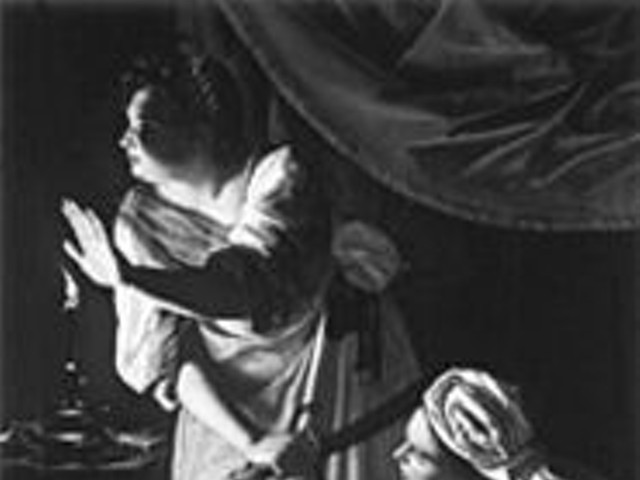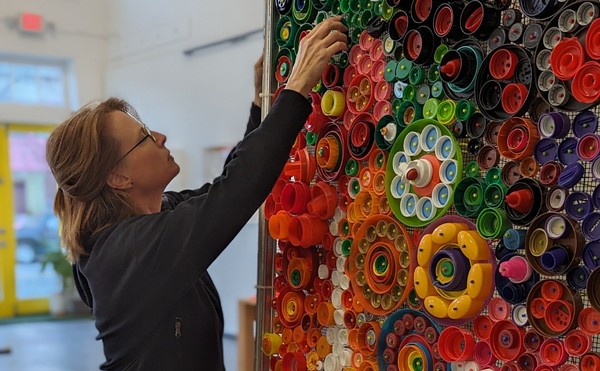In the 1950s and '60s, the two blocks along Olive Street between Boyle Avenue and Sarah Street were recognized on the coasts, in Paris and beyond as an oasis for hipsters (before overpopularity made the whole scene implode). Jay Landesman, editor of beatnik litmag Neurotica, opened the Crystal Palace club and brought the Smothers Brothers, Lenny Bruce, Phyllis Diller and Barbra Streisand to the Lou to perform. Richard Mutrux opened five-star restaurant the Three Fountains, and carousers got tight in such joints as the Gaslight, O'Connell's, Smokey Joe's and the Dark Side.
A neighborhood of antique dealers was transformed, in part by an influx of insurance money after the devastating tornado of 1959, into a neighborhood of bars, clubs, galleries, restaurants and theaters.
Perhaps the most amazing thing about the scene is how completely it has disappeared. The documentary recalls the excitement of Gaslight Square 40 years ago and visits the utter ghost town that surrounds the Olive-Boyle intersection now. Amid the condemnable buildings and empty lots of 2002 lies a single stone monument to the "forgotten landmark," placed in 1994. The film's director, Bruce Marren, says the lonely marker "looks like a tombstone."
Why should we care about a bunch of bars and restaurants that are no longer? Answer: that whole learning-nothing-from-history-condemns-us-to-repeat-it thing. Whither the Central West End, South Grand and the Loop? What will their tombstones look like -- or will they prove everlasting?
"The French Quarter is still vibrant; Greenwich Village is still going strong," says Marren. "I think if a city gets behind that kind of area and supports it in more ways than just drinking there, it survives, it continues. It may reinvent itself in many ways, but it's still an active place."
Gaslight Square began as a small group of watering holes that catered to offbeat intellectuals, including Landesman and his cronies. In the mid-'50s, "the beatnik was definitely the supreme being there," says Marren. "After the tornado of '59, it just exploded -- it went from three bars to 33 bars in a few short years." Crowds swelled to the point of maximum density. Eventually strip joints moved in, crime (or fear of crime, at least) became a factor, tourists stopped coming and in 1972 the sole remaining pub, O'Connell's, moved to the South Side.
The response to the new documentary has been overwhelming. The Missouri History Museum is kicking around the idea of showing the film weekly. Many locals have great memories of Gaslight Square, as do the performers: "Everyone was marginal, meaning bizarre," says Tom Smothers in the film, "and we stayed up all night."





